Published by
Berghahn Books
www.berghahnbooks.com
2011, 2014 Marian J. Rubchak
First paperback edition published in 2014
All rights reserved. Except for the quotation of short passages
for the purposes of criticism and review, no part of this book
may be reproduced in any form or by any means, electronic or
mechanical, including photocopying, recording, or any information
storage and retrieval system now known or to be invented,
without written permission of the publisher.
Library of Congress Cataloging-in-Publication Data
Mapping difference : the many faces of women in contemporary Ukraine / edited by Marian J. Rubchak.
p. cm.
Includes bibliographical references and index.
ISBN 978-0-85745-118-7 (hardback) -- ISBN 978-1-78238-673-5 (paperback) -- ISBN 978-0-85745-119-4 (ebook)
1. WomenUkraine. 2. WomenUkraineSocial conditions21st century. 3. FeminismUkraine. I. Rubchak, Marian J.
HQ1665.45.M37 2011
305.409477090512dc22
2010029875
British Library Cataloguing in Publication Data
A catalogue record for this book is available from the British Library
Printed on acid-free paper.
ISBN: 978-0-85745-118-7 hardback
ISBN: 978-1-78238-673-5 paperback
ISBN: 978-0-85745-119-4 ebook
Contents
Catherine Wanner
Marian J. Rubchak
Cinzia Solari
Alexandra Hrycak
Sarah D. Phillips
Oksana Kis
Victoria Haydenko
Laada Bilaniuk
Mariia Tytarenko
Maria G. Rewakowicz
Tatiana Zhurzhenko
Liudmyla Taran
Gender Educationa Step toward Democracy:
A Conversation with Larysa Kobelianska
Gender Research in Sociologythe Current Situation:
A Conversation with Svitlana Oksamytna
From the Philosophy of a Name to the Philosophy of Life:
A Conversation with Yulia Tymoshenko
Foreword

The collection of essays that you are about to read represents a unique and unprecedented effort to bring together the views of Ukrainian and North American scholars on issues relating to gender and gender politics in Ukraine today. At this pivotal juncture of the countrys transformation, the issue of gender and gender parity looms large, and the stakes for the women involved are enormous. And yet gender remains a terribly unexplored topic and therefore, in those rare instances when it is taken into consideration, it is often misunderstood or misappropriated. This volume aims to shore up this lacuna in our knowledge of Ukrainian womens lives and the dynamics that shape the joys and challenges that color them. By offering rich insights into the historical, political, and social forces that structure the choices Ukrainian women have and the decisions they make in their everyday lives, these essays constitute a valuable addition to the literature on contemporary Ukraine.
The portrait of the status of womenand gender issues after socialism more generallythat evolves from these essays is perplexing and contradictory. No single individual illustrates the paradoxes of gender in Ukraine today better than Yulia Tymoshenko, one of the countrys most visible and successful berehyni, a mythical matriarchal goddess figure. She is the former prime minister of Ukraine, legendary for her power, independence, and maverick opinions. She was previously a successful businesswoman, which earned her wealth and influence, and one of two leaders of the Orange Revolution, which garnered respect. These accomplishments have combined to position her well to become a contender for the Ukrainian presidency (at the time of this writing she announced her candidacy). And yet, like many other women in Ukraine with far less monetary and cultural capital, she does not consider herself a feminist. She does not even particularly identify with legislative initiatives that could positively impact women, although she clearly must have confronted numerous gender-based barriers, prejudices, and stereotypes as she moved up the ladder to take her place among the elite of the Soviet Union, and now among the most powerful in Ukraine. Such is the puzzling state of feminism in Ukraine today. It is precisely these types of counterintuitive paradoxes that the essays in this volume address with critical acumen and analyze with fresh perspectives.
To solve the puzzle of explaining how gender is understood in postsocialist societies, these scholars move beyond the frequent laments and binary images of women in Ukraine, either as oppressive, dictatorial, and domineering or oppressed, passive, and decorative. By shedding light on the dynamics that have shaped the status of women, such as rhetorical practices, migration, media images, and educational conventions, to name a few, these essays illuminate the issues and problems that particularly confront women as well as the sources that have helped to generate them. We gain an understanding of the fluidity of the challenges women face today, and an acute awareness of the pitfalls and potential promises that mark the path of gender politics and hamper those that chose to pursue them.
Most notably, these authors illustrate for us the enormous variety in understandings of gender and of gender-based problems and how these understandings vary by region, profession, generation, and other social factors. The inclusion of a variety of disciplines and methodologies from different national traditions allows the collection as a whole to offer a mosaic portrait of the lives of women in Ukraine. Most of all, I am grateful to these authors for providing fresh perspectives on gender politics that focus on the experiences and testimonies of women themselves in Ukraine today. By doing so, these authors are able to present lively and animated snapshots of the humanity and struggles of Ukrainian women. By reading this collection, we gain an understanding of how these dynamics are interrelated and mutually reinforcing. For example, one essay details the issue of massive outmigration of women to regions beyond the post-Soviet space for long-term employment, economic tourism, or worse as part of human trafficking. Such widespread and prolonged migration has radically altered the workforce and family life in Ukraine, prompting some women who stayed behind in Ukraine to become advocates for the weak and powerless, often the oldest or youngest members of society. Views of daily life in the near and far abroad are refracted back to Ukraine through the media in gender-biased language (genderlect) in divergent ways, contributing to the regional variations in understandings of gender-based identities. It is these interconnections that these essays illustrate so vividly.


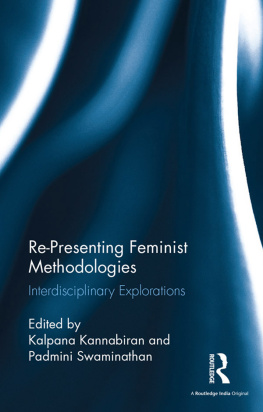

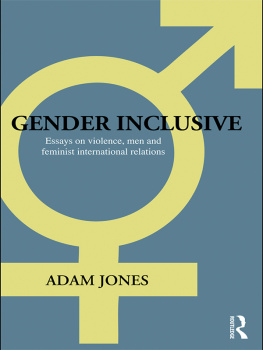
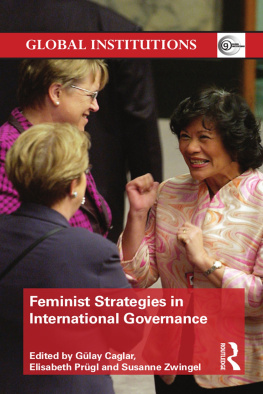
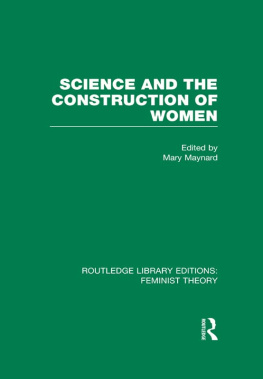
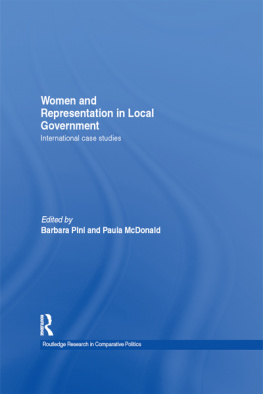
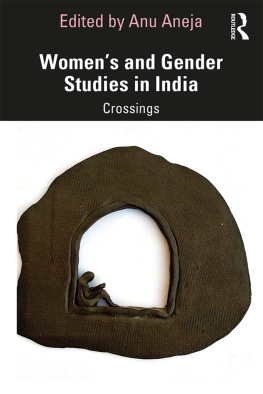
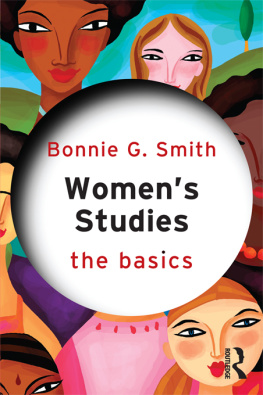





 The collection of essays that you are about to read represents a unique and unprecedented effort to bring together the views of Ukrainian and North American scholars on issues relating to gender and gender politics in Ukraine today. At this pivotal juncture of the countrys transformation, the issue of gender and gender parity looms large, and the stakes for the women involved are enormous. And yet gender remains a terribly unexplored topic and therefore, in those rare instances when it is taken into consideration, it is often misunderstood or misappropriated. This volume aims to shore up this lacuna in our knowledge of Ukrainian womens lives and the dynamics that shape the joys and challenges that color them. By offering rich insights into the historical, political, and social forces that structure the choices Ukrainian women have and the decisions they make in their everyday lives, these essays constitute a valuable addition to the literature on contemporary Ukraine.
The collection of essays that you are about to read represents a unique and unprecedented effort to bring together the views of Ukrainian and North American scholars on issues relating to gender and gender politics in Ukraine today. At this pivotal juncture of the countrys transformation, the issue of gender and gender parity looms large, and the stakes for the women involved are enormous. And yet gender remains a terribly unexplored topic and therefore, in those rare instances when it is taken into consideration, it is often misunderstood or misappropriated. This volume aims to shore up this lacuna in our knowledge of Ukrainian womens lives and the dynamics that shape the joys and challenges that color them. By offering rich insights into the historical, political, and social forces that structure the choices Ukrainian women have and the decisions they make in their everyday lives, these essays constitute a valuable addition to the literature on contemporary Ukraine.